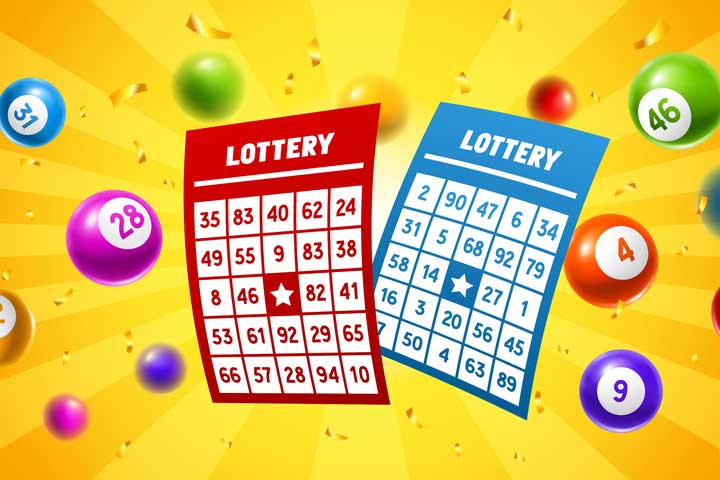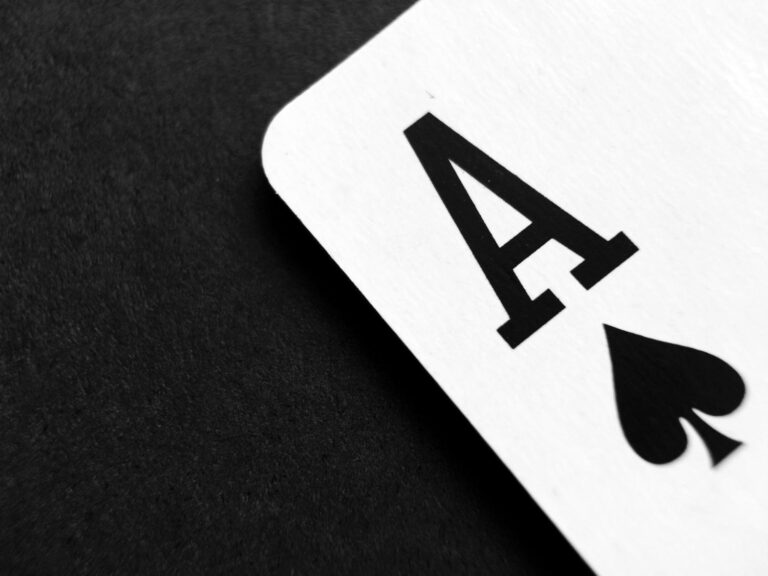Mastering positional play is like uncovering the secret sauce of triumph in online hold’em community pokermujur.com. If you’re itching to elevate your game, precision in positioning is a must-know. To demystify this crucial strategic component, we’ll guide you through what it means to play relative to the dealer button and how shifting positions can radically amplify your success.
The Fundamentals of Positional Play
In poker, your position at the table relative to the dealer is everything. Positioned early (closer to the small blind) means you act first pre-flop, which can be likened to walking a tightrope without safety net cards. However, late position (the dealer and the ones next to it) is a land of milk and honey, offering the luxury of observing your opponents’ actions before making your move. But how does this affect your approach to the game?
Early Position Play
When you’re the first to act, caution is your best friend. Stick to premium hands like big pocket pairs, A-K, and A-Q suited. Avoid marginal hands that can easily be dominated, and be prepared to fold when facing aggression. The goal in early position is to enter pots with a strong hand or none at all.
Middle Position Play
Middle position gives you a bit more wiggle room compared to the early bird. You have some insight into the strength of the early positions, which should guide your hand selection. Ideally, you still want to play solid hands, but you can add a few more playable hands to your range, depending on the table dynamics.
Late Position Play
The sweating gets easier as you move down the line. Late position is where you can really start to manipulate the game in your favor. You can play a wider range of hands, including those you’d fold from earlier spots. Use your position to apply pressure with semi-bluffs and steal the blinds when the opportunity presents itself.
Adapting to Opponent Tendencies
Remember, poker is a game of people played with cards, not the other way around. Understanding your opponents’ tendencies is just as important as position, if not more.
Tight vs. Loose Opponents
Against tight players, capitalize on their reluctance to play by aggressively betting or raising to win pots. Conversely, when facing loose opponents, be prepared for a bumpy ride. Their willingness to gamble means you’ll need to rely on the strength of your hand more than the strategic advantage of your position.
Passive vs. Aggressive Opponents
Passive players are the stream to your rock – their predictable check-calling pounce is where you can make a steady profit. Aggressive players, on the other hand, will constantly apply pressure regardless of their position, and it’s crucial to choose your battles wisely against them.
Positional Leveraging: The Art of Bullying and Stealing
The dealer button isn’t just a token, it’s a weapon; a gateway to controlled aggression and tactical theft.
Stealing Blinds
Perhaps the most apparent advantage of late position is the ability to steal blinds. When the table folds to you in the cutoff or on the button, a raise can force out the small and big blinds, adding precious chips to your stack without even seeing a flop.
Bullying Mid-Position
Being aware of the aggression or passivity of the mid-position players is key. If you’re confident they’re straightforward, you can use your late position to bully them out of pots. If they’re wildcards, tread with caution and be prepared for a counterattack.
Going Beyond Position: The Meta-Game
Lastly, always be prepared to go beyond the book and consider the meta-game. What’s your image at the table? How does that influence your opponents’ decisions, and can you change it to your advantage?
Conclusion: Positional Excellence
Positional play isn’t a hack; it’s a meticulously carved part of your strategic toolkit. By consistently exploiting your advantageous positions and minimizing your exposure to risk, you set the tables for a more favorable outcome.
Infusing your gameplay with a deep understanding of when and how to wield the power of position against differing player types will turn your online Hold’em into an artful mastery of predictability and probability. With these insights in tow, you’re ready to elevate your online poker game to new heights. Remember, it’s not where you start, it’s where you finish – and in positional play, that means exploiting your edge until the game is yours.







+ There are no comments
Add yours